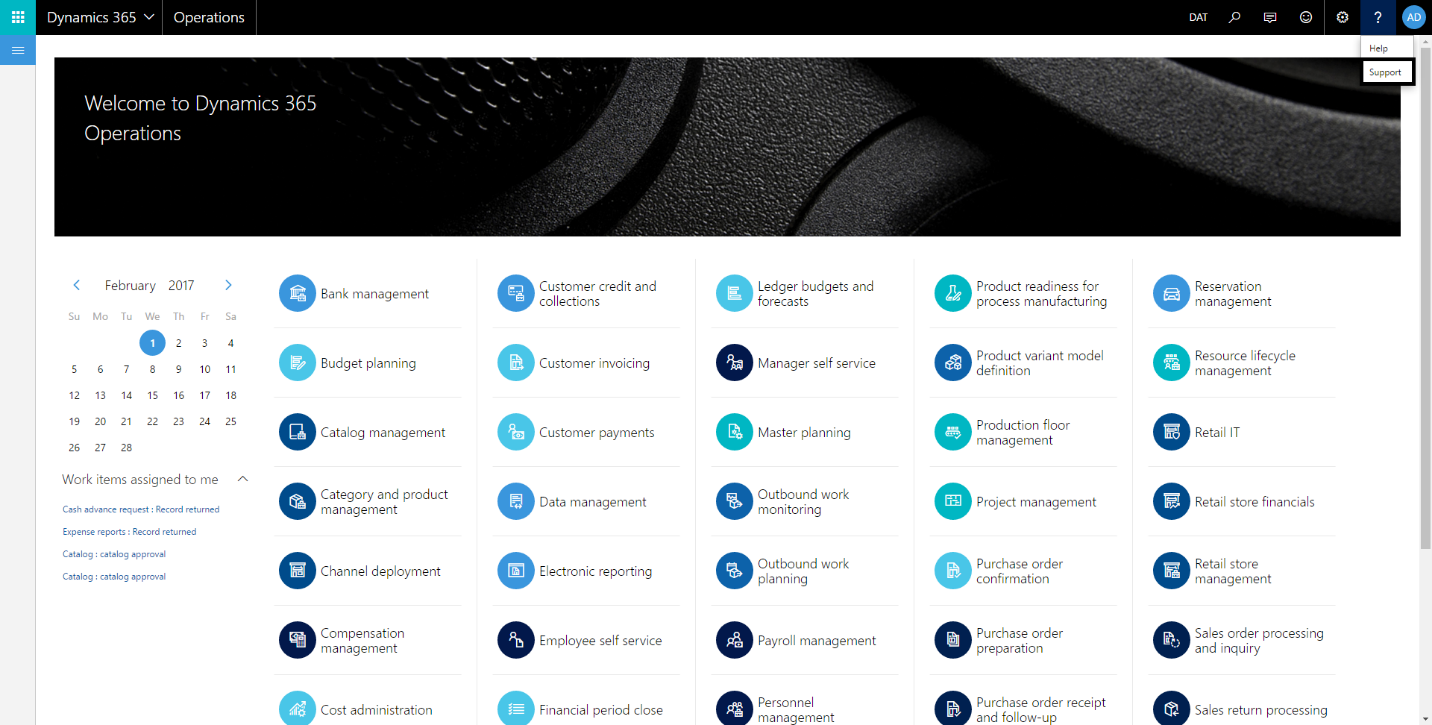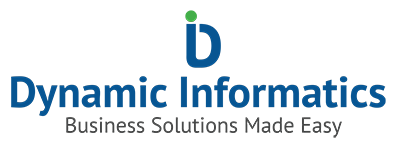Microsoft 365 Finance & Operations
Finance and Operations apps support businesses to manage their global financial systems, operational business processes, and streamlined supply chains to empower people to make fast, informed decisions.
Microsoft Dynamics 365 for Finance and Operations is a Microsoft Enterprise Resource Planning system for medium to large organisations. The software, part of the Dynamics 365 product line, was first on general release in November 2016, initially branded as Dynamics 365 for Operations.It was rebranded to Dynamics 365 for Finance and Operations. At the same time, Microsoft rebranded their business software suite for small businesses to Finance and Operations, Business Edition, however, the two applications are based on completely different platforms.

Accelerate your business growth Dynamics 365 Finance helps you adapt to changing market demands quickly and drive business growth rapidly. It gives you unified global financials and operations features that allow you to make fast, informed decisions.
With built-in controls, you gain insight into your financial data and have a 360-degree visibility across all operating units. You can use these insights to make intelligent decisions to stay competitive in today's fast and ever-changing global market.
Elevate your financial performance Dynamics 365 Finance helps you drive margin revenue growth with a centralized, global financial management solution. It delivers robust financial intelligence and embedded analytics in real time to help increase profitability.
Supply Chain Management helps organizations optimize fulfillment and reduce costs by synchronizing logistics across sites, warehouses, and transportation modes. Additionally, it enables organizations to provide faster response to customer demand by automating a seamless coordination of an order-to-cash processes.
Throughout the operations, Supply Chain Management provides visibility and control across all sites and warehouses for proactive response to issues by using financial analysis capabilities.
By unifying processes from sales to fulfillment, Supply Chain Management seamlessly connects sales and purchasing with logistics, production, and warehouse management for a 360-degree view of an organization’s supply chain. It reduces procurement costs and gains greater control by automating procure-to-pay processes.
Track financial performance with custom general ledger (G/L) and account schedules reporting. Evaluate cost, revenue, or profit reporting in the cost accounting module.
Increase operational efficiency - Trying to accelerate the speed and accuracy of the business operations with streamlined processes that effectively coordinate people, assets, and resources to reduce costs, improve service levels, and drive growth.
In Finance, the Fixed assets module controls the assets in the supply chain by integrating with the Inventory management module in Supply Chain Management.The Human resources module in Finance, and Organization administration modules control resources such as people, machines, and vendors.
Improve strategic planning – The Master planning and Inventory management modules assist companies in improving strategic planning by providing a unified view of inventory, warehouse, manufacturing, service, and logistics with predictive analytics that turn data into insights to support better strategic decisions.
Optimize workforce productivity - Providing a single source of business intelligence that drives productivity from assets and resources, aligns employees toward strategic goals, and enables real-time response to organizational and customer demands.

